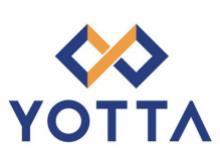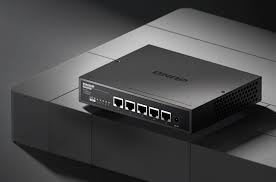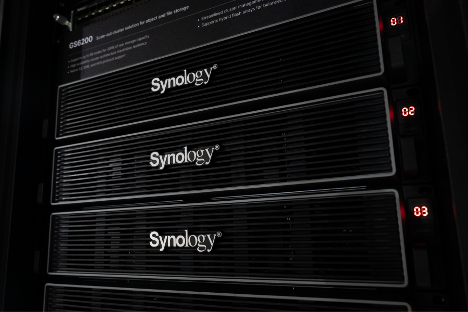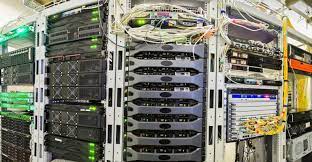Rapid Deployment of Data Centers Drives the Market
The containerized and modular data
center market size is estimated to grow by USD
36.41 billion from 2022 to 2027, growing at a CAGR of 15.06%. North
America is estimated to contribute 35% to the growth of the global market
during the forecast period. Technavio's analysts have elaborately
explained the regional trends and drivers that shape the market during the
forecast period. The growing adoption of cloud services by enterprises across
various industries in the US and Canada is a major driver for market growth in the
region. These enterprises are embracing cloud solutions to reduce operating
costs and capital expenditures associated with on-premises data centers. To
meet their computing capacity requirements while minimizing expenses,
enterprises are increasingly turning to hyperscale providers like AWS,
Microsoft, and Oracle. In terms of data centers, the US leads globally with
2,670 centers as of 2021. Furthermore, the region is home to numerous data
centers established by various enterprises, including Apple Inc., which
operates a total of 11 data centers, six of which are located in this region.
The rapid deployment of data centers is the major
factor driving market growth: With evolving business requirements,
organizations are facing a growing demand to deploy new data centers or expand
existing ones in a significantly shorter timeframe. Traditional data center
deployment methods involve lengthy design and construction processes, typically
taking eighteen to twenty-four months to become fully operational. In contrast,
modular data centers feature preassembled components, including standardized
racks and IT infrastructure, enabling deployment within six months.
Additionally, traditional data centers often struggle to accommodate additional
IT infrastructure due to space and cooling limitations. In such cases,
organizations are turning to modular structures that can be rapidly deployed at
lower capital expenditure, eliminating the need for constructing new data
center facilities. Consequently, the adoption of modular data centers enables
organizations to meet their need for faster deployment, driving market growth
in the forecast period.
Lack of awareness and
expertise will be a major challenge hindering market growth: Data center
operators must possess the necessary skills and understanding to effectively
configure and operate modular and containerized data center solutions. A
comprehensive knowledge of facility specifics is essential to ensure
productivity and operational efficiency. Whether from the vendor side or the
data center operator, expertise in building and managing critical
infrastructures, such as modular data centers, is vital for successful design,
deployment, and robust operations. Adequate education and training on machinery
principles, as well as familiarity with service and maintenance procedures, are
crucial for the smooth and secure operation of the modular facility. Safety is
of utmost importance, as any compromise can lead to increased operational
expenditure (OPEX). Therefore, the lack of expertise and adherence to safety
measures may impede the market growth during the forecast period.
Key Trends-
The implementation of a
software-defined modular data center is an emerging trend shaping market
growth: A software-defined modular data center utilizes virtualization
of the physical infrastructure to deliver infrastructure as a service. It
employs intelligent software systems to manage the hardware infrastructure. The
adoption of a software-defined data center (SDDC) enables enterprises to
support legacy applications and cloud computing services, leading to improved
efficiency, cost reduction, rapid application deployment, enhanced
availability, increased security, and the ability to leverage cloud-based
workloads. The key components of an SDDC are software-defined networking (SDN),
software-defined compute (SDC), and software-defined storage (SDS). Enterprises
that opt for cloud-based infrastructure often consider implementing an SDDC to
gain better control over critical operations and improve data center
management. Leading vendors in the modular data center market, such as IO
(Baselayer), along with established SDDC providers like HPE, Huawei, and IBM,
actively participate in implementing SDDC solutions to facilitate centralized
management of modular data center infrastructures encompassing servers,
networks, and storage.
Vendor Landscape
The containerized and modular data center market is fragmented; the
vendors are competing with competitors and are trying to get a greater market
share. The market is growing, and the chances of new entrants cannot be overlooked.
The major vendors have well-established economies of scale and market presence
and generally rely on positioning technological advances, and the price of the
products.
The containerized and
modular data center market report includes information on the product launches,
sustainability, and prospects of leading vendors including ABB Ltd., Alphabet
Inc., Bladeroom Group Ltd., Cannon Technologies Ltd., Cisco Systems Inc.,
Datapod, Dell Technologies Inc., Delta Electronics Inc., Eaton Corp. Plc, Etix
Everywhere France SAS, FURUKAWA Co. Ltd., GREEN4T SOLUCOES TI LTDA, Hewlett
Packard Enterprise Co., Huawei Technologies Co. Ltd., IE Corp., International
Business Machines Corp., Langley Holdings Plc, Rittal GmbH and Co. KG,
Schneider Electric SE, and Vertiv Holdings Co.

































Leave A Comment